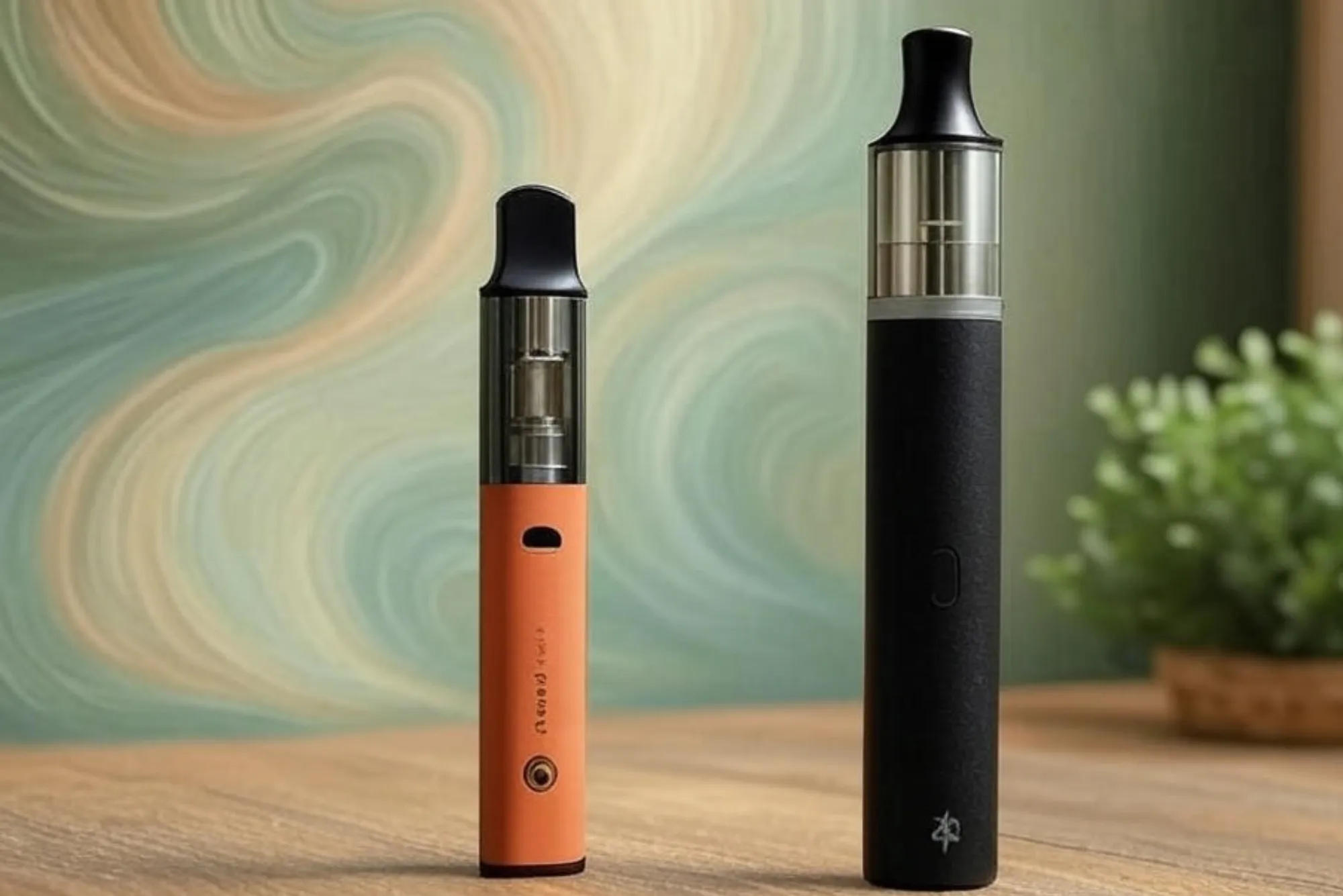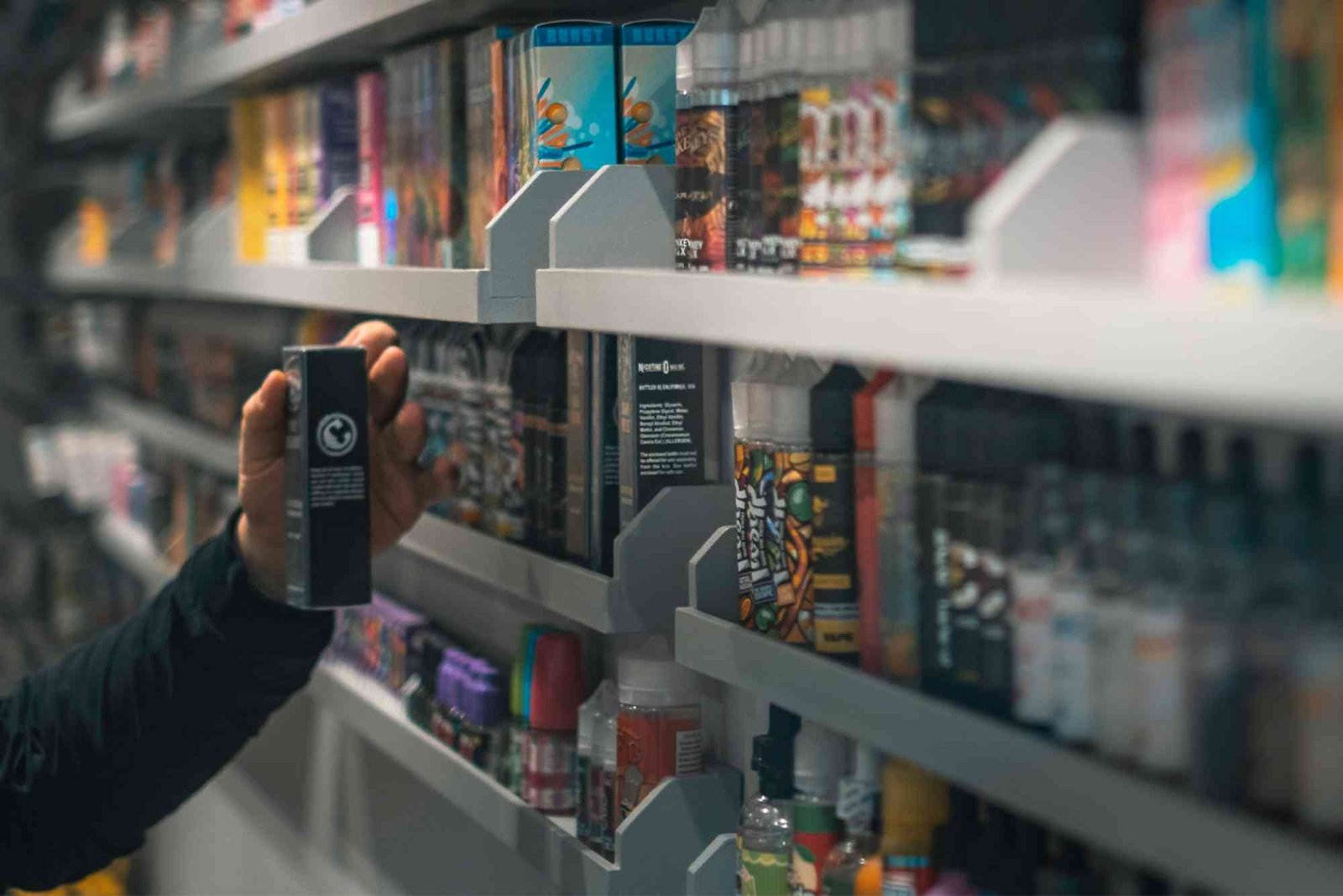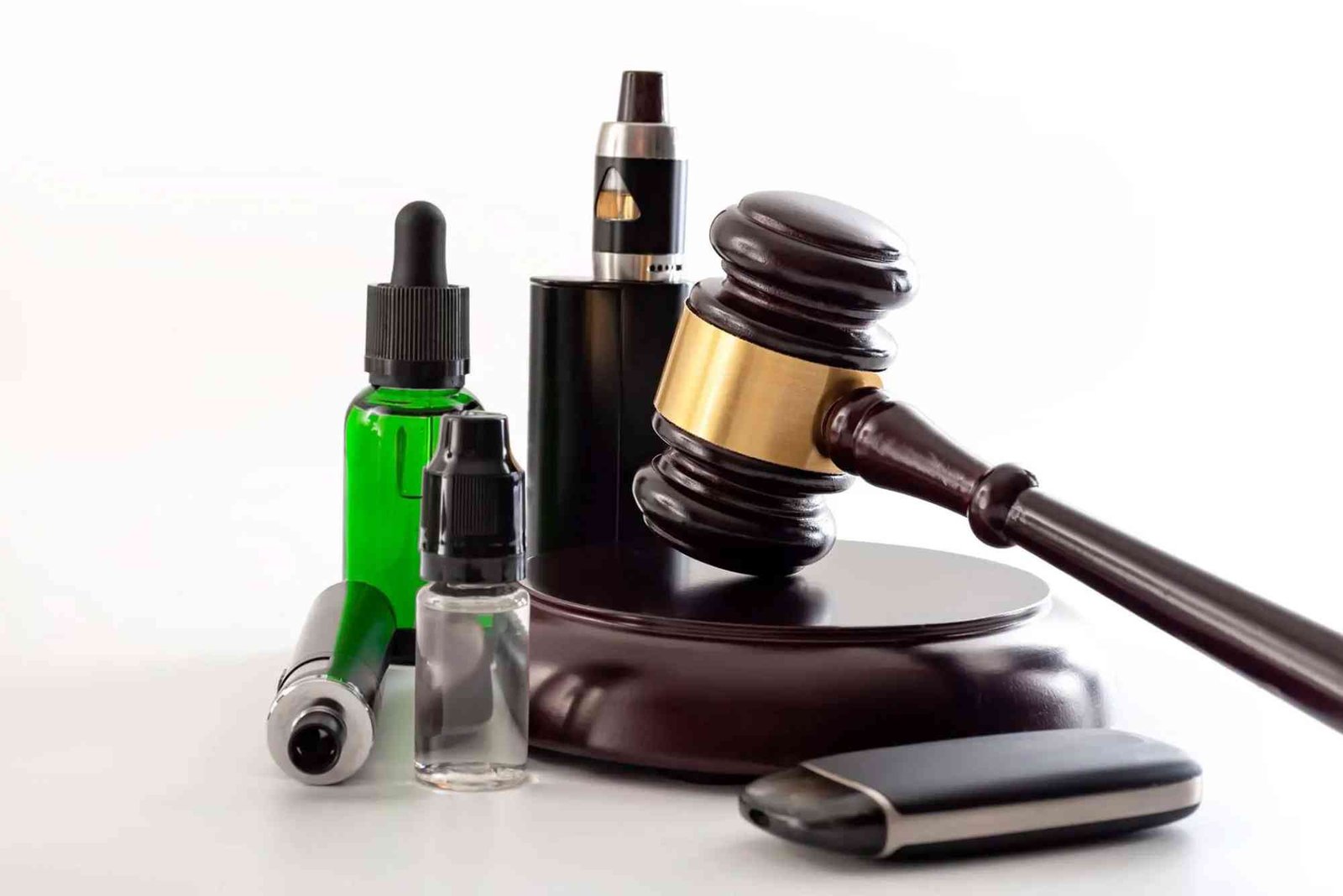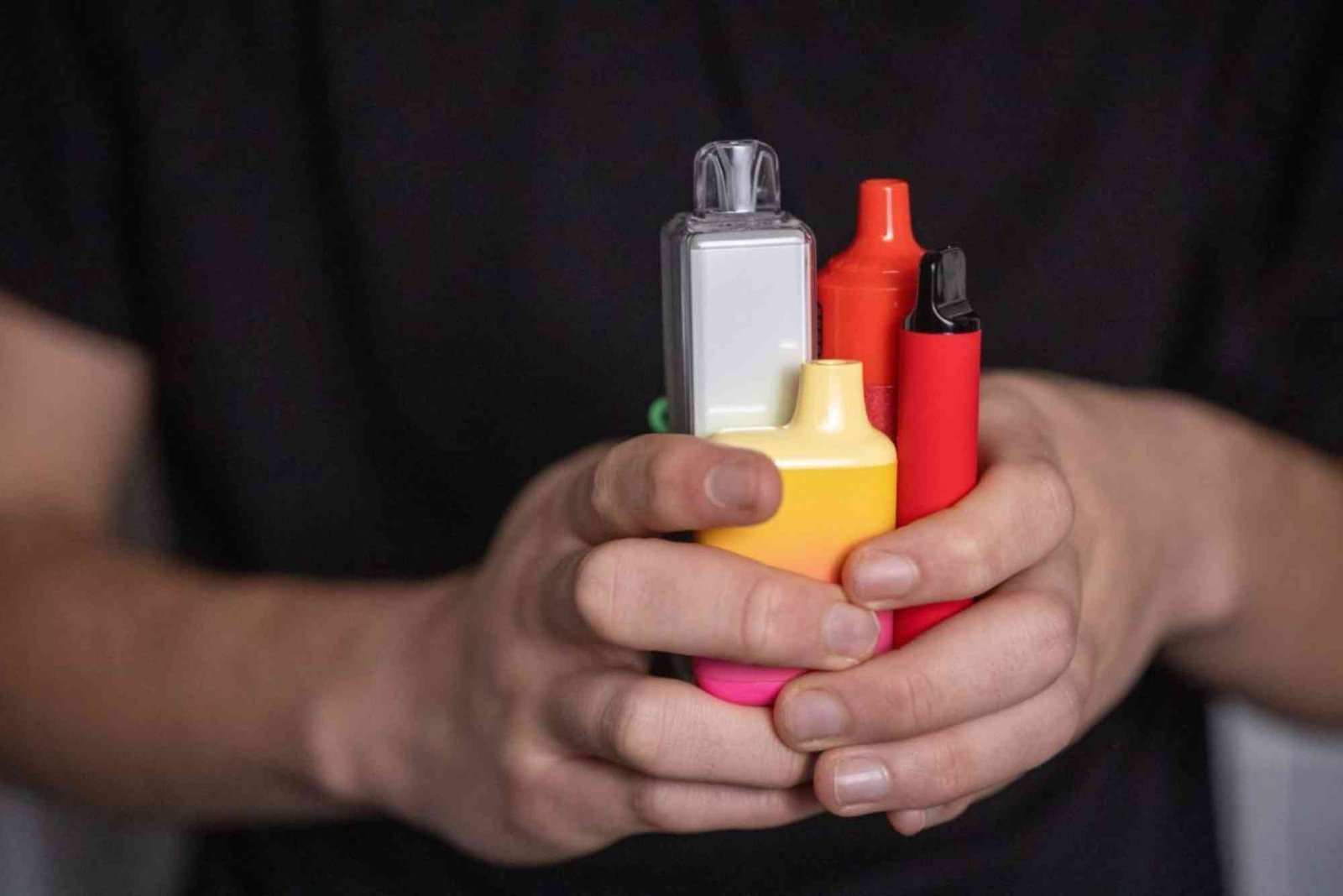Introduction
Vaping has become a popular alternative to smoking, offering a customizable and less harmful experience. For beginners, the world of vaping can be overwhelming, but with time and practice, transitioning to the intermediate stage becomes a natural progression. Understanding vaping progression is essential for improving your skills, enjoying better flavors, and achieving a more satisfying vaping experience. In this guide, we’ll walk you through how to evolve from a beginner to an intermediate vaper, highlighting the key milestones in your vaping journey.
Understanding the Basics of Vaping Progression
Vaping progression is the process of advancing your knowledge, skills, and equipment choices as you gain experience. Initially, most users start with simple vape pens or pod systems. These devices are easy to use, require minimal maintenance, and are perfect for learning the basics. However, as you become familiar with vaping, you’ll naturally desire more control over flavor, vapor production, and device customization. This is where the progression to intermediate vaping begins.
Recognizing When You’re Ready to Progress
Transitioning to the next level isn’t about a specific timeframe. It’s about comfort, curiosity, and readiness. If you find yourself exploring new e-liquid flavors, desiring more vapor production, or becoming curious about advanced settings like wattage and coil types, it’s a sign you’re ready to progress. Another indication is when basic devices no longer satisfy your vaping needs. This natural curiosity and desire for a richer experience mark the start of your vaping progression journey.
Choosing the Right Intermediate Device
One of the first steps in advancing your vaping progression is upgrading your device. While beginner devices are simple and user-friendly, intermediate setups offer more control and better performance. Box mods, pod mods, and advanced vape kits come with adjustable wattage, temperature control, and interchangeable coils. These features allow you to customize your vaping experience to suit your preferences. When selecting an intermediate device, consider factors such as battery life, ease of use, coil compatibility, and build quality. Choose a device that offers versatility without being overly complex.
Understanding Coil Resistance and Its Impact
A major aspect of vaping progression involves understanding coil resistance. Coils are measured in ohms, and their resistance determines the type of vaping experience you’ll get. High-resistance coils (above 1.0 ohm) are ideal for mouth-to-lung (MTL) vaping, mimicking the sensation of smoking. Low-resistance coils (sub-ohm, below 1.0 ohm) are designed for direct-lung (DL) vaping, producing larger clouds and more intense flavors. As an intermediate vaper, experimenting with different coil resistances helps you discover your preferred vaping style. Learning how coil resistance affects vapor production, throat hit, and battery efficiency is crucial for mastering your vaping progression.
Mastering E-Liquid Selection
As you progress, your palate will evolve. Beginner vapers often start with simple tobacco or menthol flavors, but the world of e-liquids is vast and exciting. Intermediate vapers should explore a variety of flavor profiles, including fruits, desserts, beverages, and complex blends. Additionally, understanding the difference between freebase nicotine and nicotine salts becomes essential. Freebase nicotine offers a stronger throat hit, while nicotine salts provide a smoother inhale with higher nicotine concentration. Choosing the right VG/PG ratio is another important aspect. High VG liquids are ideal for sub-ohm vaping due to their dense vapor production, whereas higher PG ratios deliver stronger flavor and a tighter throat hit.
Learning Wattage and Temperature Control
Intermediate vaping progression introduces more technical aspects, such as wattage and temperature control. Adjustable wattage allows you to regulate the power sent to the coil, directly influencing vapor density and flavor intensity. Finding the optimal wattage range for your coil enhances the overall experience and prevents issues like dry hits or burnt coils. Temperature control (TC) is another advanced feature that prevents overheating and extends coil life. By setting a maximum temperature, you can maintain consistent flavor and vapor production without the risk of burning your e-liquid. Understanding these settings gives you more control over your vaping session, ensuring a tailored and enjoyable experience.
Improving Inhalation Techniques
Progressing as a vaper also involves refining your inhalation techniques. Beginner vapers typically use the MTL (mouth-to-lung) method, which is similar to smoking. However, intermediate vapers often transition to DL (direct-lung) inhaling, where the vapor is inhaled directly into the lungs. DL vaping produces larger clouds and enhances flavor delivery. It requires devices with adequate airflow and lower resistance coils. Practicing these techniques and understanding the nuances of airflow adjustments will significantly improve your vaping experience.
Coil Building and Maintenance Awareness
While coil building is considered an advanced skill, intermediate vapers should at least understand the basics of coil maintenance. Pre-built coils come in various materials like Kanthal, stainless steel, and nickel, each offering distinct vaping characteristics. Learning when and how to replace your coils is vital. A burnt taste, reduced vapor production, or gurgling sounds are common signs that your coil needs replacing. Additionally, keeping your device clean by regularly washing tanks and replacing worn-out parts ensures longevity and optimal performance.
Battery Safety and Ohm’s Law Fundamentals
As you delve deeper into vaping progression, understanding battery safety becomes paramount. Intermediate devices often use external batteries, which require careful handling. Learn about battery ratings, amp limits, and proper storage practices. Familiarizing yourself with Ohm’s Law is essential when using rebuildable atomizers or devices with manual settings. It helps you calculate safe power levels, ensuring you don’t exceed the battery’s limits and avoid potential hazards. Battery safety is a critical responsibility for intermediate vapers.
Troubleshooting Common Vaping Issues
Progression in vaping also means becoming adept at troubleshooting. Issues like leaking tanks, spitback, dry hits, and inconsistent vapor production are common but manageable with the right knowledge. Learning how to prime coils properly, maintain correct e-liquid levels, and adjust airflow settings will help you tackle these problems effectively. Understanding how to disassemble and clean your device can prevent minor issues from escalating.
Staying Informed and Engaged in the Vaping Community
One of the best ways to continue your vaping progression is by staying connected with the vaping community. Join online forums, follow vaping influencers, and participate in local vape shop events. These platforms offer a wealth of knowledge, product reviews, and tips from experienced vapers. Engaging with the community not only enhances your learning but also keeps you updated with the latest trends, devices, and safety guidelines.
Embrace Your Vaping Progression Journey
Transitioning from a beginner to an intermediate vaper is an exciting journey filled with learning and self-discovery. By upgrading your device, mastering technical settings, exploring new flavors, and honing your vaping techniques, you can significantly elevate your vaping experience. Always prioritize safety, stay informed, and don’t hesitate to seek advice from fellow vapers. Embracing vaping progression not only enhances satisfaction but also allows you to enjoy the full potential of the vaping world. Ready to take your vaping to the next level? Start your progression today and experience vaping like never before!
FAQs
What is vaping progression and why is it important?
Vaping progression refers to the continuous learning and improvement journey from using basic beginner devices to more advanced vaping setups. It is important because it enhances your overall vaping experience by offering better flavor, more vapor production, and greater device customization.
When should I upgrade from a beginner vape to an intermediate device?
You should consider upgrading when you feel limited by your current device’s performance, desire more vapor or flavor control, or want to explore features like adjustable wattage and temperature control.
Do I need to build my own coils as an intermediate vaper?
Building your own coils is not a requirement for intermediate vapers. However, understanding coil types and maintenance will greatly improve your vaping experience. Coil building is typically reserved for advanced users who want complete customization.
How does wattage affect vaping progression?
Wattage determines the amount of power sent to your coil, affecting vapor density and flavor strength. Learning to adjust wattage according to your coil’s specifications is essential in vaping progression to prevent dry hits and maximize performance.
What is the difference between mouth-to-lung and direct-lung vaping?
Mouth-to-lung (MTL) vaping involves drawing vapor into your mouth first, then inhaling it into your lungs, mimicking smoking. Direct-lung (DL) vaping involves inhaling vapor directly into the lungs, producing larger clouds and a more intense flavor.
How important is e-liquid VG/PG ratio in vaping progression?
The VG/PG ratio affects vapor production, throat hit, and flavor delivery. High VG liquids produce more vapor, while higher PG offers stronger throat hits and flavor. Understanding and experimenting with different ratios is a key part of vaping progression.








